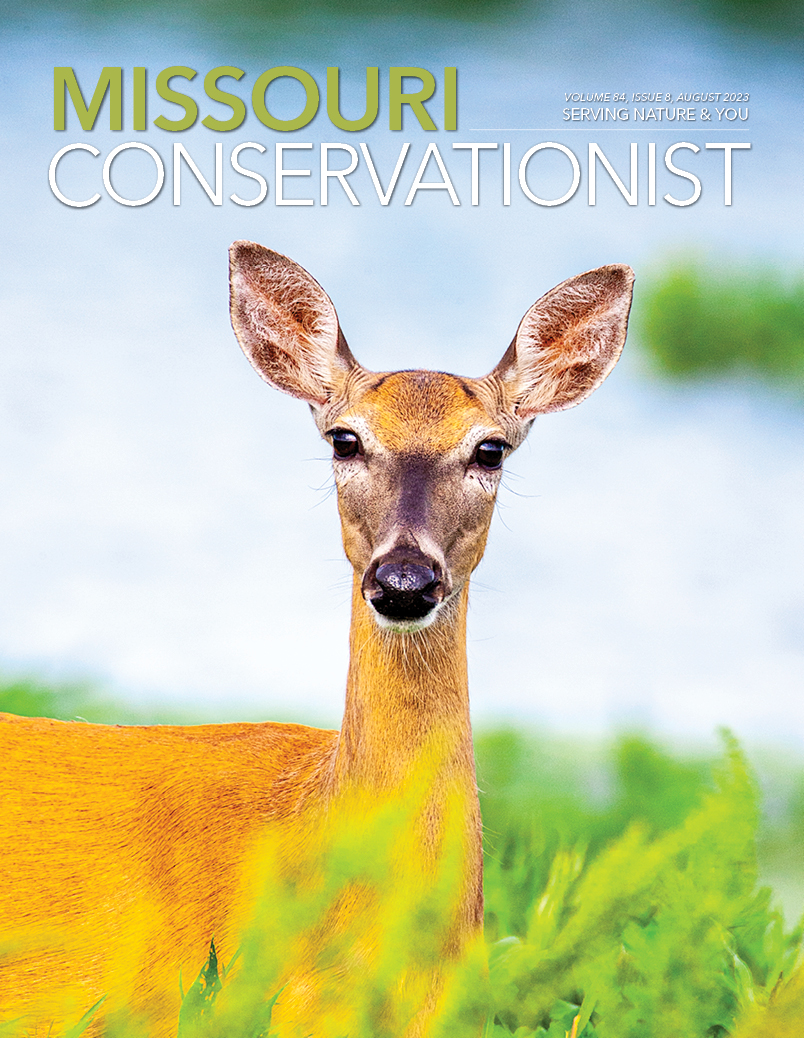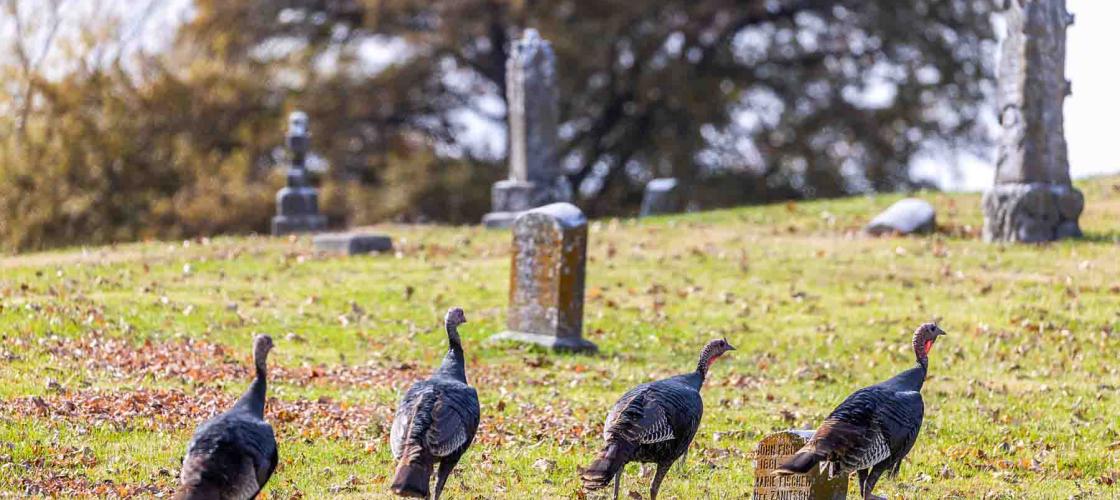
Before there were parks, greenways, and conservation areas, there were cemeteries. It was in these places that the public could find the quiet touch of nature in a time when there were no taxes or other means to fund the community green spaces we now take for granted.
Cemeteries provided a respite of grass and trees, birdsong, rolling terrain, peace and quiet. People of the past came to connect with the land, for contemplation, for walks, even picnics. Cemeteries existed as much to enrich those alive as places to rest the dead.
Today, three landmark cemeteries located in the heart of urban St. Louis — Calvary, Bellefontaine, and Greenwood — still provide that special touchpoint with nature.
Many have reunited with the land on these three grounds: founders, explorers, paupers, poets. Some fought battles with bullets. Others battled for ballots. Still others for their own freedom. The well-known, the unknown. Stories they engraved on history resonate far beyond the stones.
But these burial places also protect and provide crucial acres of urban forest and green space for birds, insect pollinators, wildlife, and even for St. Louisans themselves. To strengthen and enhance these essentials for people and nature, MDC has formed partnerships with each of these historic cemeteries.
“Out here on the beautiful prairies, the scene is delightfully grand, for signs of the richest fertility cover the face of the land.”
— Rev. Thomas Ambrose Butler, priest and poet, at rest in Calvary Cemetery
Calvary Cemetery
Buried beneath the soils of Calvary, long before any European set foot here, were the roots of prairie. Vast stretches of it nurtured a dynamic ecosystem of warm-season grasses and robust forbs. Prairie covered most of where St. Louis now stands. It was erased by three centuries of human settlement and city building.
Today, a cooperative partnership has resurrected 24 acres of this original native grassland in a secluded, northwest portion of the cemetery.
Calvary Cemetery and Mausoleum, first opened in 1854, is in the north part of St. Louis City and lies along West Florissant Avenue. The 470-acre tract is owned and managed by the Catholic Archdiocese of St. Louis. Since it remained protected from the plow, the deep-reaching roots of prairie flora were never disturbed. Inherited in them is the ecological story of St. Louis’ original landscape.
“The lack of disturbance from row cropping probably explains these healthy, intact soils,” said Erin Shank, urban wildlife biologist for MDC’s St. Louis Region. She is responsible for managing this space and for arranging MDC’s cooperative agreements with all three cemeteries. The agreement between MDC and the archdiocese allows MDC to manage the prairie with archdiocese support.
Shank explained that the first stage of a 10-year restoration plan started in 2012, with five years of intense invasive species removal. The next step was to give the prairie an assist by reseeding it with grasses and forbs from other prairie ecosystems in Missouri. These included prairies that were themselves originally sowed with seed harvested from Calvary. As part of the ongoing management plan, MDC has also performed prescribed burns, which help clear unwanted debris and invasives, recycle nutrients, and stimulate native plant growth.
Tom Kuehner is the director of grounds and facilities for the 17 Catholic cemeteries in the St. Louis Archdiocese. He’s noticed a profound transformation in the last decade.
“It’s a big change in the landscape,” Kuehner said. “The prairie has added so much beauty to the cemetery. It established a lot of wildlife we didn’t have before. Now there are just hundreds of turkeys, which leads to more coyotes, and foxes, and an occasional deer.”
Kuehner notes that he and his staff have also witnessed yellow finches, bluebirds, red-tailed hawks, bald eagles, owls, skunks, and flying squirrels. Calvary prairie supports a diverse array of colorful flowers, too, which change composition through the seasons. Big bluestem towers among the forbs, alongside other native grasses like Indian grass and switchgrass.
But it is the amazing diversity of bees that captivates Shank.
“Out of the 450 or so species of native bees that we have in Missouri, we have found over 100 of them at Calvary just in that 24-acre section,” she said. Most of these bees are ground-nesting species, and the intact, undisturbed prairie soils — enriched by the extensive lattice of plant roots — provide ideal habitat for them. In turn, the bees are crucial pollinators for the plants.
“It is incredible to experience this prairie in a densely populated area where we don’t have a lot of other natural green spaces,” Shank said.
“Everything outside is asphalt and concrete, and here’s a little oasis,” Kuehner observed. “It’s a welcome thing.”
Purple coneflowers of spring, coreopsis in summer sun, autumn’s goldenrod glow. Out on Calvary Prairie, a part of St. Louis is reborn, and the scene is delightfully grand.
“I shall have peace, as leafy trees are peaceful when the rain bends down the bough.”
— Sara Teasdale, Pulitzer Prize-winning poet, at rest in Bellefontaine Cemetery
Bellefontaine Cemetery
The power of water once created a problem at Bellefontaine Cemetery. Working with nature solved it.
The two-lane Calvary Avenue is all that separates Bellefontaine Cemetery and Arboretum from its immediate neighbor, Calvary Cemetery. Both cemeteries lie within 5 miles of the Mississippi River.
Established in 1849 and with a total of 314 acres, Bellefontaine is three-quarters as large as Calvary. Its rolling hillsides and meandering swales are graced by stately post oaks, as old as 250 years, along with many other trees up to 170 years old. They’ve helped Bellefontaine Cemetery earn its Level III Arboretum Accreditation from ArbNet, the international community of arboreta and tree professionals.
As seen from a bird’s point of view flying along the Mississippi River, the two cemeteries together create one 800-acre forest in an urban desert.
“This tree canopy is really important for birds during migration, who can drop out of the sky to avoid storms, and fuel up for their journey,” said Shank. “They really need that fatty, high protein insect larvae found on these oak leaf canopies. Places like Bellefontaine and Calvary serve as a very important purpose as a refuge.”
Bellefontaine is also committed to cultivating native plant communities on its grounds.
“One of the things in our 100-year master plan is developing some of these native landscapes, as an extension of the natural world around us and a connection to the Mississippi flyway,” said Michael Garret, Bellefontaine’s director of horticulture and curator of living collections.
Native landscape is especially apparent in Evergreen Meadow on the northeast side. It’s both a site for a conservation project and green burials — an environmentally sustainable process where bodies are not prepared with chemicals and interred in biodegradable vessels. A winding trail invites visitors to explore the area, which is immersed in Missouri native flora — within sight of a modern industrial landscape.
“When everything’s in bloom you get this strong contrast between the Missouri native ecosystems and industry,” Garret observed. “We need that stuff as part of our lives, but we also really need this, too. It’s part of our connection to the land.”
The steeply sloped terrain in this part of the cemetery did create one significant problem, however. Stormwater runoff threatened Broadway Boulevard, a major throughfare running along Bellefontaine’s east border below.;
Any rain event over a quarter- to half-inch sent water rushing down the hill. It washed unabated over the mowed turf grass and impervious service road to flood Broadway, disrupting traffic, eroding the hillside, and creating damage potential for the industrial structures beyond.
The answer was to leverage nature itself to create the solution — a bioswale. It was the result of a cooperative project between the cemetery, MDC, and the Metropolitan Sewer District (MSD).
Shank organized MDC funding and technical assistance to select and install water-loving native plants. A stormwater retention structure was engineered by MSD. The cemetery pulverized the unused service road, which now mimics a rocky creek bed. The collective effort was a success.
“It had an immediate impact on the flooding and the reduction of the mass quantities of runoff from up above,” said Garrett.
“The bioswale really is functioning as we hoped it would,” Shank said. “The native plants act as a living sponge to absorb storm water with their root systems. So, now that bioswale is slowing down the flow of water, absorbing it, and pooling it at the bottom, where we installed plants that need those wet conditions.”
Storm clouds come, and the rain bends down the boughs of Bellefontaine Cemetery. And in doing so, the water yields up its force, bringing peace to the boulevard below.
“From the darkness cometh the light.”
— Lucy Delaney, petitioner for African American freedom, at rest in Greenwood Cemetery
Greenwood Cemetery
Three-and-a-half miles west of Calvary and Bellefontaine — the distance a bird might fly in eight minutes — Greenwood Cemetery laid in darkness for a quarter century. It was choked in the clutches of an herbaceous invader.
Thirty-one-acre Greenwood Cemetery sits along St. Louis Avenue, a quiet street in the small north St. Louis suburb of Hillsdale. The cemetery was established in 1874 by a German caretaker from nearby St. Peters Cemetery. It was an entrepreneurial venture to provide African Americans with their own place of rest. They were denied burial in white cemeteries.
By 1993, profits from Greenwood were down. The cemetery was not making the money it had in years past, and so the owner at the time abandoned it. The cemetery fell to neglect and disinvestment. Nonnative bush honeysuckle and winter creeper invaded. They aggressively multiplied and spread unchecked for years, closing out the sun, completely engulfing Greenwood Cemetery. The stories on its stones were silenced.
“It was just a jungle; you couldn’t see a single headstone. It was 15-20 feet tall,” said Raphael Morris. “You couldn’t take two steps in here. It was just that dense.”
Morris and his wife, Shelley, are the heart of the Greenwood Cemetery Preservation Association, which they formed to save the cemetery. The couple has devoted the last eight years of their lives to bringing Greenwood out of darkness.
Both Raphael and Shelly have relatives buried in Greenwood — aunts, uncles, grandparents, cousins. Their connections are personal.
“This is my passion now. It was almost like a calling for me, this is where I’m supposed to be,” said Raphael.
The retired couple began their work in 2015. All tools needed — chainsaws, loppers, mowers — were initially funded from their own pockets. Eventually, donations to the association allowed the couple to purchase a riding mower to replace their hand-pushed one. Almost daily, Raphael labored to clear and fight back the bush honeysuckle, while Shelley took on the role of Greenwood historian, making records of those at rest there. More than 6,000 of the cemetery’s stones tell stories of people who lived part of life outside the light of freedom.
The couple was making progress, in time clearing about 10 acres. Yet the task seemed overwhelming. They contacted MDC for assistance. Erin Shank recognized the dual potential of Greenwood; to restore the cemetery and to create a valuable natural space.
“Our goal is to get the cemetery back to a spot ecologically where it can function as an urban forest,” said Shank. “It does have a real role to play as wildlife habitat, especially for birds, insects, and small mammals. And to provide storm water absorption, along with shade, and mitigate heat island effects by sequestering carbon.”
Shank arranged a cooperative agreement with the association and procured an MDC grant of nearly $30,000 to fund AmeriCorps work teams. The AmeriCorps workers spent seven months in 2022 and 2023 cutting and clearing the honeysuckle.
“AmeriCorps has really been instrumental in the turnaround of the cemetery,” said Raphael. “We were able to clear sections that hadn’t been maintained for 30 years.”
Forest ReLeaf of Missouri has also donated native trees for reforestation. Shank said that eventually, the goal at Greenwood is to establish a tree canopy that will provide shade for many years to come.
There is still work to be done, but dramatic progress has been made, and continues through the passionate dedication of the Morrises. The signs of nature are returning.
“When you come out here early on a Saturday morning, chances are you might see deer running through the cemetery; foxes, a couple of coyotes, owls, and hawks flying around. All sorts of nature in action,” said Raphael.
“You might also see a patch of beautiful flowers native to Missouri,” Shelley added. She notices more people are walking in the cemetery for recreation now that it’s opened up.
“Greenwood is a place where people in this community can come out and be outdoors on this sacred ground,” said Shank.
Thanks to the work of Raphael and Shelley Morris, and others, the darkness is gone. Stories have voice, and light has come again to Greenwood Cemetery.
“Eventually, everything connects.”
— Charles Eames, designer, architect, filmmaker, at rest in Calvary Cemetery
Calvary, Bellefontaine, and Greenwood cemeteries are havens for native plants and pollinators, trees, and wildlife. They perform essential ecological functions for the manufactured, urban environment that surrounds them. And as in times past, they offer the public a way to connect back with the land.
We celebrate those beneath the stones, but ultimately, these cemeteries give rest and peace to the living. Both people and nature. The cycle of life is about life recycled.
Due to recent storm damage, both Bellefontaine and Calvary cemeteries are closed until further notice to accommodate necessary clean up and repairs. Check their websites for more information.
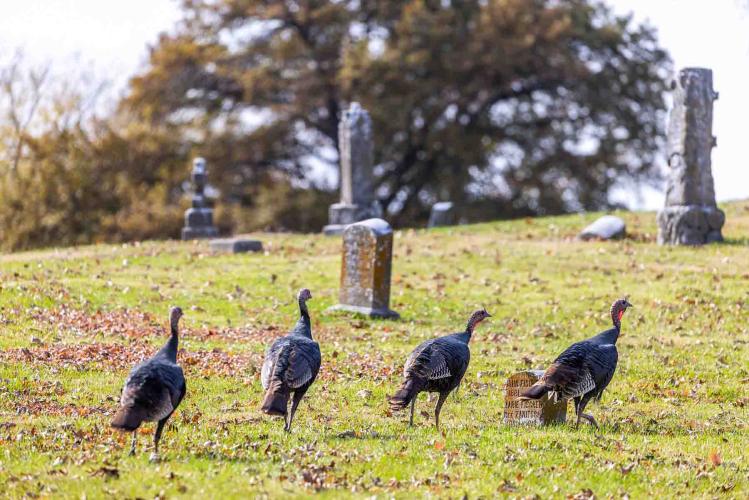
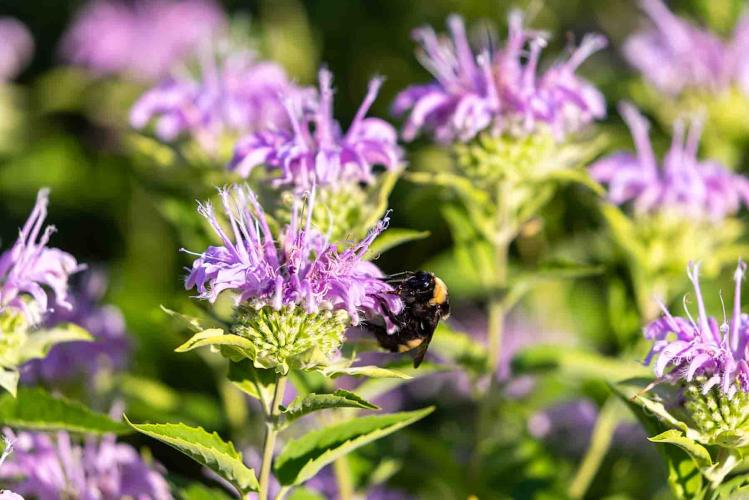
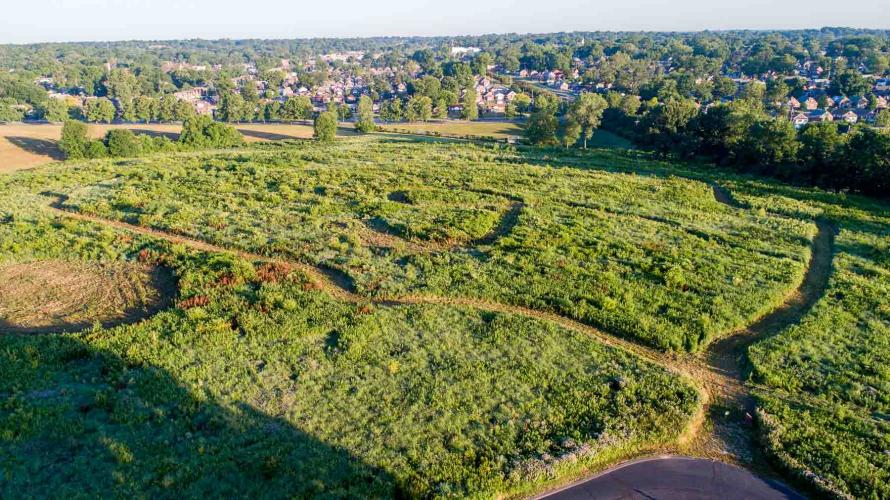
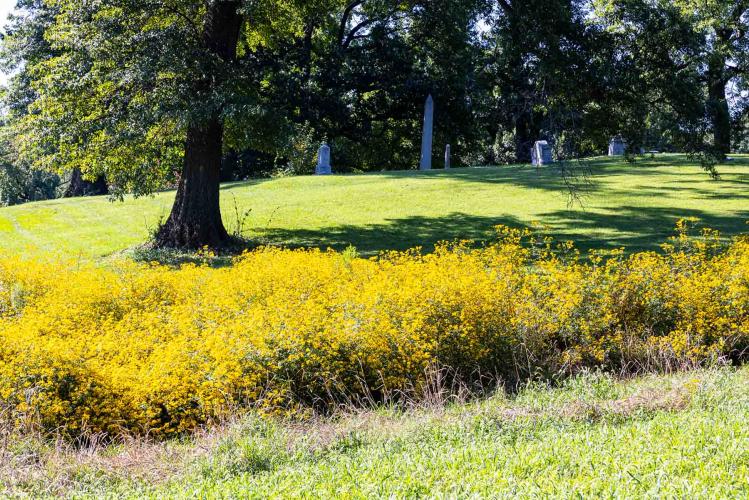
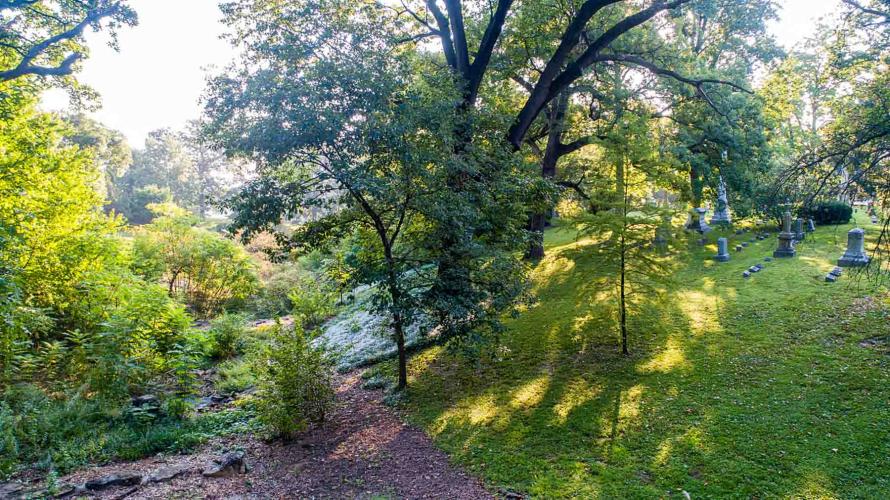
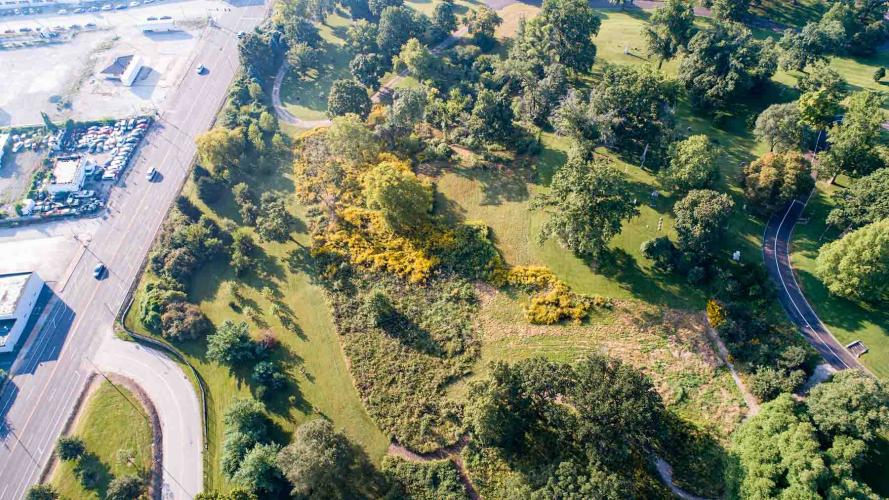
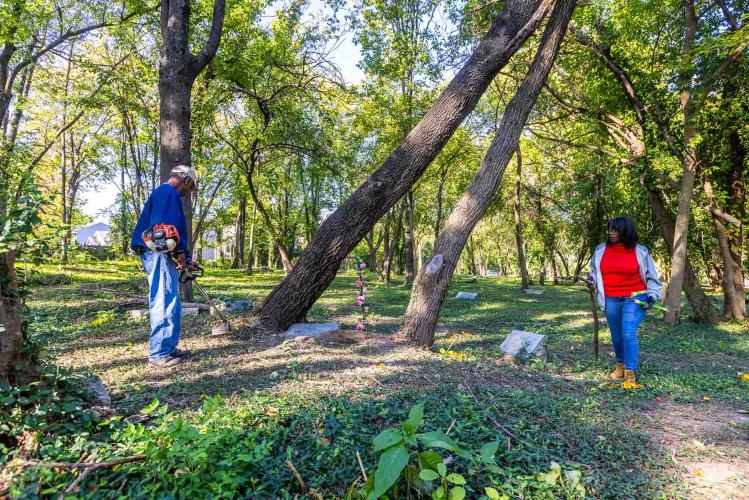
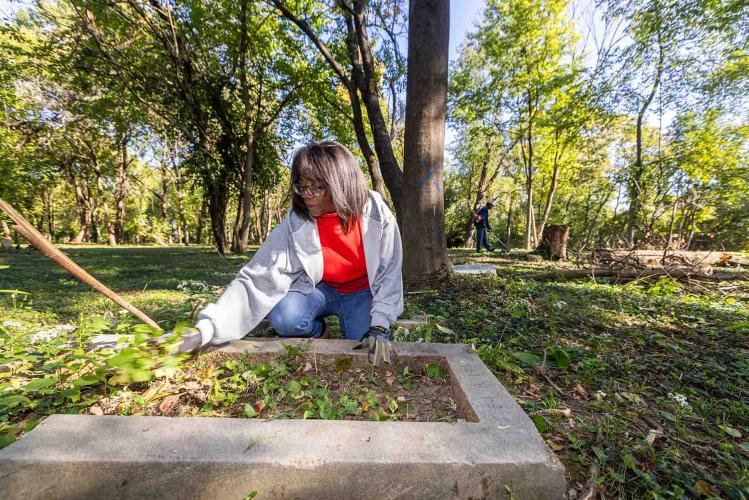
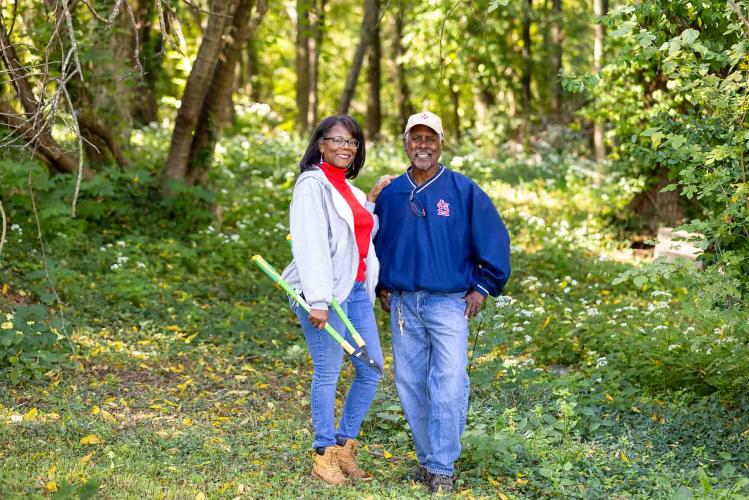
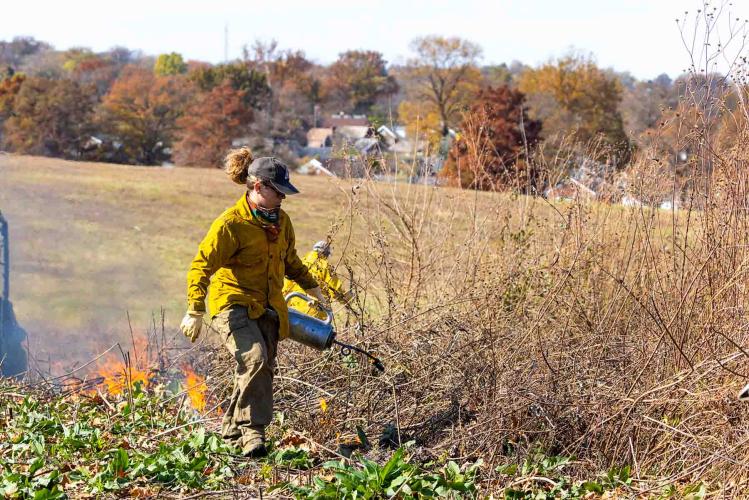

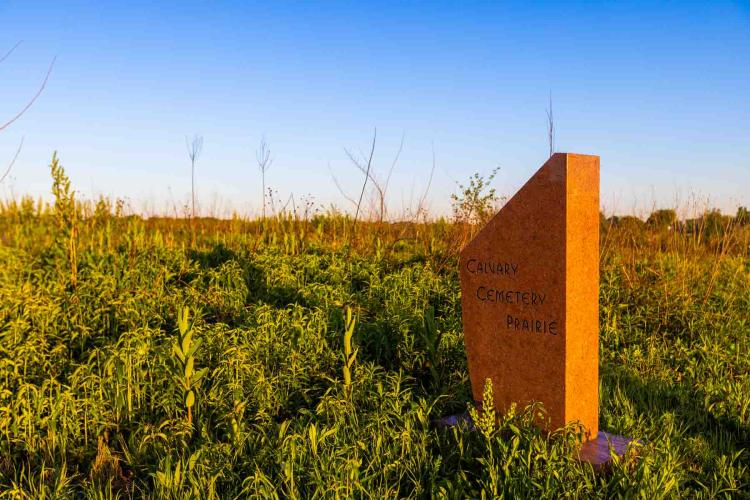
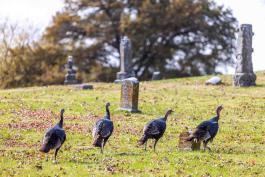
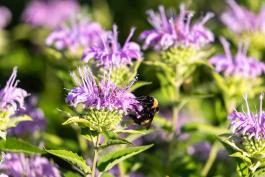
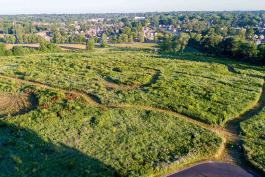
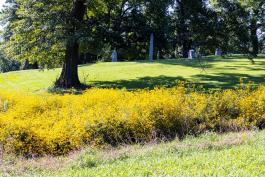
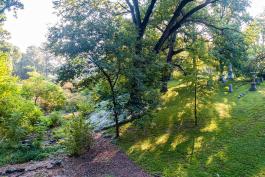
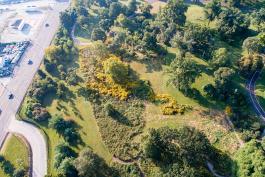
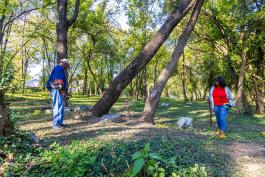
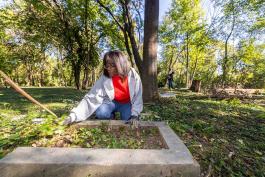
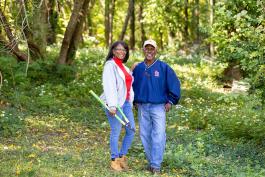
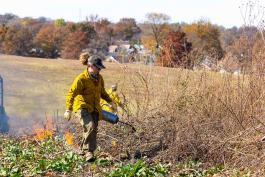
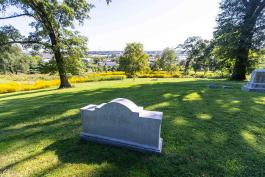
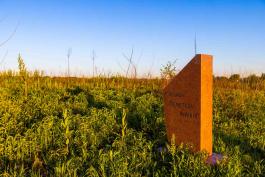
Also In This Issue
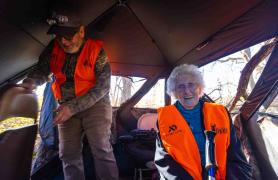
Nursing home residents get another shot at deer hunting.
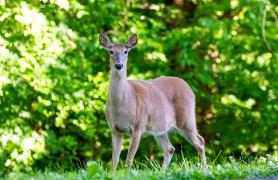
Persistence keeps chronic wasting disease prevalence low
And More...
This Issue's Staff
Editor - Angie Daly Morfeld
Associate Editor - Larry Archer
Photography Editor - Cliff White
Staff Writer - Kristie Hilgedick
Staff Writer - Joe Jerek
Staff Writer – Dianne Van Dien
Designer - Shawn Carey
Designer - Marci Porter
Photographer - Noppadol Paothong
Photographer - David Stonner






















